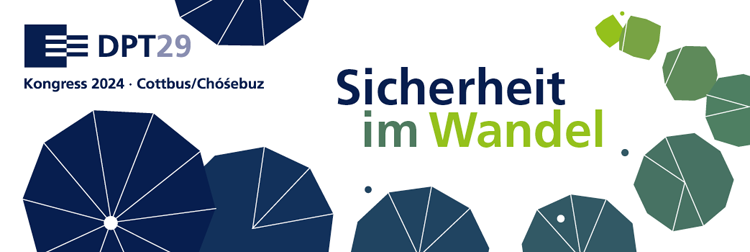Convincing governments to invest in prevention - reducing crime, protecting rights
Prof. Dr. Irvin Waller
University of Ottawa
To mainstream investments in effective crime prevention, we need to empower potential victims, taxpayers and so politicians. Less Law, More Order: The Truth about Reducing Crime gives them easy access to (i) the targeted social programs that are proven to work efficiently and responsibly, (ii) the human and financial costs of more standard police, lawyers and prisoners, and (iii) ways to develop strategic plans and fund the shifts that will implement what is needed. It frames the issue in terms of what reduces the number of crime victims at what cost to taxpayers.
The book was the basis for the work of the Institute for the Prevention of Crime to convince Alberta to develop a strategic plan and invest an additional $500 million in crime reduction through a balance between enforcement, intervention and prevention. In a joint project with 14 Canadian cities, IPC has produced action briefs for municipal stakeholders to reduce crime by developing urban action plans and leveraging funding from other orders of government. Our mantra is a $1 for social prevention where we need it for every $1 for more enforcement.
The book was the basis for the work of the Institute for the Prevention of Crime to convince Alberta to develop a strategic plan and invest an additional $500 million in crime reduction through a balance between enforcement, intervention and prevention. In a joint project with 14 Canadian cities, IPC has produced action briefs for municipal stakeholders to reduce crime by developing urban action plans and leveraging funding from other orders of government. Our mantra is a $1 for social prevention where we need it for every $1 for more enforcement.
| Extract from the book (English, PDF) |

